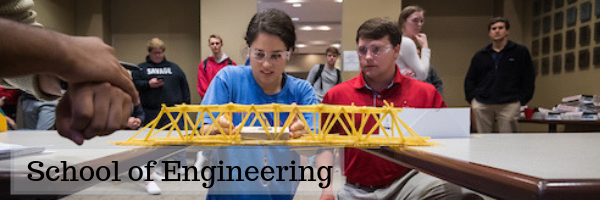
Faculty and Student Publications
Document Type
Article
Publication Date
10-1-2020
Abstract
© 2020 Author(s). A mathematical model for estimating the risk of airborne transmission of a respiratory infection such as COVID-19 is presented. The model employs basic concepts from fluid dynamics and incorporates the known scope of factors involved in the airborne transmission of such diseases. Simplicity in the mathematical form of the model is by design so that it can serve not only as a common basis for scientific inquiry across disciplinary boundaries but it can also be understandable by a broad audience outside science and academia. The caveats and limitations of the model are discussed in detail. The model is used to assess the protection from transmission afforded by face coverings made from a variety of fabrics. The reduction in the transmission risk associated with increased physical distance between the host and susceptible is also quantified by coupling the model with available and new large eddy simulation data on scalar dispersion in canonical flows. Finally, the effect of the level of physical activity (or exercise intensity) of the host and the susceptible in enhancing the transmission risk is also assessed.
Relational Format
journal article
Recommended Citation
Mittal, R., Meneveau, C., & Wu, W. (2020). A mathematical framework for estimating risk of airborne transmission of COVID-19 with application to face mask use and social distancing. Physics of Fluids, 32(10), 101903. https://doi.org/10.1063/5.0025476
DOI
10.1063/5.0025476
Accessibility Status
Searchable text
Included in
Biomedical Engineering and Bioengineering Commons, Chemical Engineering Commons, Civil and Environmental Engineering Commons, Computer Engineering Commons, Electrical and Computer Engineering Commons, Geological Engineering Commons, Mechanical Engineering Commons

